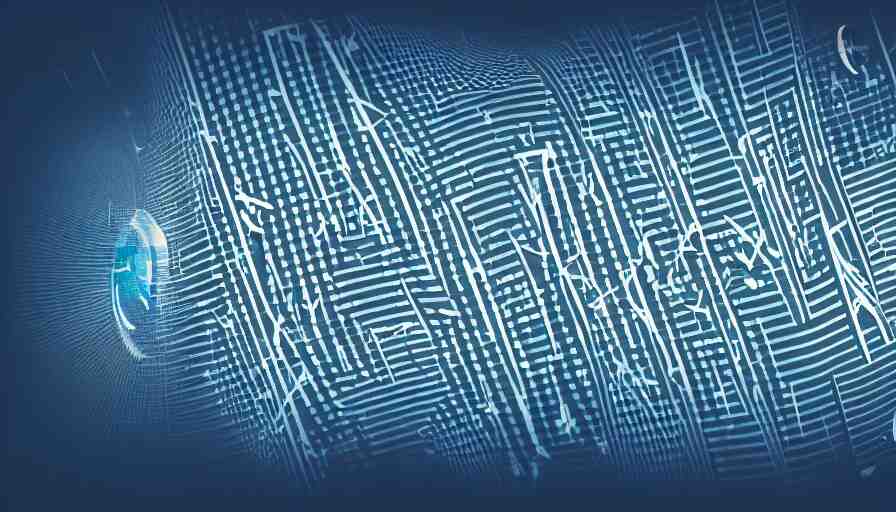Our audiosystem can distinguish music, voice, and other sounds. And it can produce a wide range of sounds and tones. When we hear a familiar sound, our sense of hearing sends a signal to our brain. The signal prompts the part of the brain that processes sound to recognize patterns and make sense of what is heard.
The end result is that we can recognize familiar sounds and distinguish them from other sounds. We also understand the meaning of what we hear. When we hear people speaking, our sense of hearing sends a signal to our brain. The signal prompts the part of the brain that processes sound to recognize patterns and make sense of what is heard. The end result is that we can recognize familiar speech and understand the meaning of what we hear!
How does your audiosystem work?
The human auditory system has two parts: a sense organ (the ear) and a central processing unit (the brain). When sound waves reach the ear, they travel down a hollow tube called the auditory canal. The ear converts these waves into electrical impulses, which are then sent to the brain. There, the impulses are received by specialized cells called neurons. The neurons then convert these impulses into specific signals that are transmitted to the brain via networks of neurons. Once received in the brain, these signals allow us to comprehend and interpret sound!
Detecting audio captchas with an API
Captchas are often used by websites to ensure that their users are human beings rather than bots or robots intent on spamming them or otherwise disrupting their services. The most common type is a visual captcha, which presents you with a scrambled pattern or image that you must recreate in order to gain access to a website or service. But there’s another type of captcha known as audio captcha, which presents you with an audio clip that you must transcribe or interpret in order to gain access to a website or service. This type is becoming increasingly common on websites that offer services such as online banking because it provides an additional layer of security by requiring users to have human-level auditory abilities in order to interpret the audio clip correctly! But if you’re worried about having to transcribe audio captcha information manually; don’t be! There’s an API available online that will do all the work for you; and more!
With this API at your disposal
This API will retrieve the data from an audio captcha and retrieve it as text.
To make use of it, you must first:
1- Go to Audio Captcha Solver API and simply click on the button “Subscribe for free” to start using the API.
2- After signing up in Zyla API Hub, you’ll be given your personal API key. Using this one-of-a-kind combination of numbers and letters, you’ll be able to use, connect, and manage APIs!
3- Employ the different API endpoints depending on what you are looking for.
4- Once you meet your needed endpoint, make the API call by pressing the button “run” and see the results on your screen.



